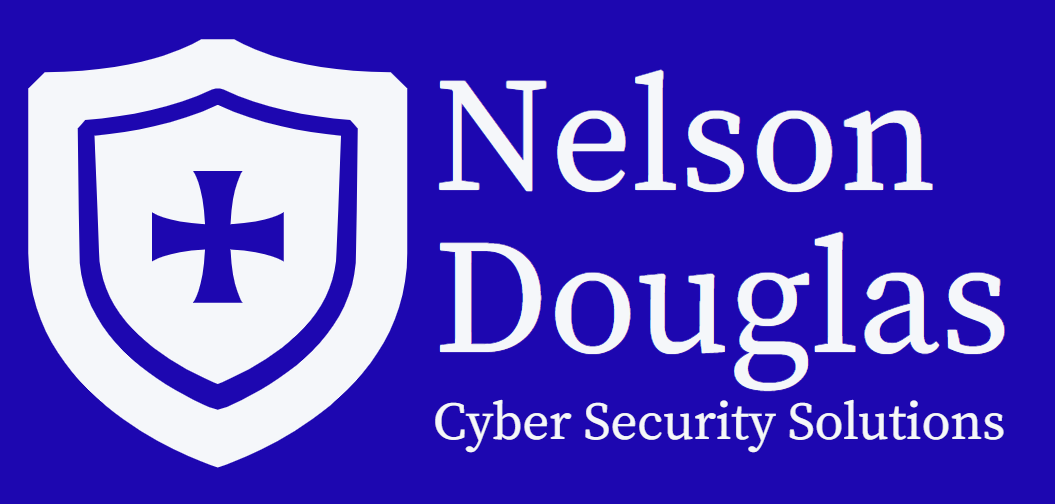Infrastructure Penetration Testing
Comprehensive Approaches to Infrastructure Penetration Testing
Smart Infrastructure Assessments
Strategic Risk Assessment
Securing an organization’s infrastructure requires a proactive approach that balances security, performance, and operational continuity. By analyzing network architecture, system configurations, and access controls, we identify vulnerabilities and implement effective countermeasures to protect against potential attacks while maintaining system integrity.
Efficient Network and System Hardening
A well-secured infrastructure minimizes the risk of unauthorized access and service disruptions. We work closely with IT teams to assess firewalls, intrusion detection systems, and endpoint security controls. Our penetration testing process uncovers misconfigurations, outdated software, and exploitable vulnerabilities, helping organizations strengthen their overall security posture.
Scalability and Secure Architecture Strategies
As networks expand, their attack surface increases. We implement security frameworks that support scalability while minimizing risks. Our solutions include secure segmentation, least privilege access controls, and proactive monitoring to prevent lateral movement and privilege escalation within enterprise environments.
Optimized Attack Simulation and Vulnerability Testing
Choosing the right testing methodologies is crucial for uncovering weaknesses in an infrastructure. We conduct thorough penetration testing using a combination of automated scanning and manual exploitation techniques. Our assessments cover external and internal networks, cloud environments, and on-premise systems to identify security gaps that could lead to data breaches or service disruptions.
Continuous Monitoring and Threat Mitigation
Infrastructure security is an ongoing process that requires continuous assessment and adaptation. We help organizations implement real-time monitoring solutions, threat intelligence integration, and security automation to detect and respond to threats effectively. By regularly testing and reinforcing security controls, we ensure resilience against evolving cyber threats.

Network Security Assessments
Have a question or need expert advice? Contact us now, and let’s bring your ideas to life!
Contact Us Today
Latest news

The Difference Between CTFs and AppSec
1. Real Applications Are Vastly More Complex CTFs typically involve hunting for vulnerabilities in custom-built[…]

A Guide to AWS S3 Bucket Penetration Testing
Introduction Misconfigurations in cloud environments and resulting data breaches frequently put AWS Simple Storage Service[…]

A Complete Guide To ISO 27001 Penetration Testing
Introduction ISO 27001 compliance entails proving that an organization’s information security management system (ISMS) aligns[…]


